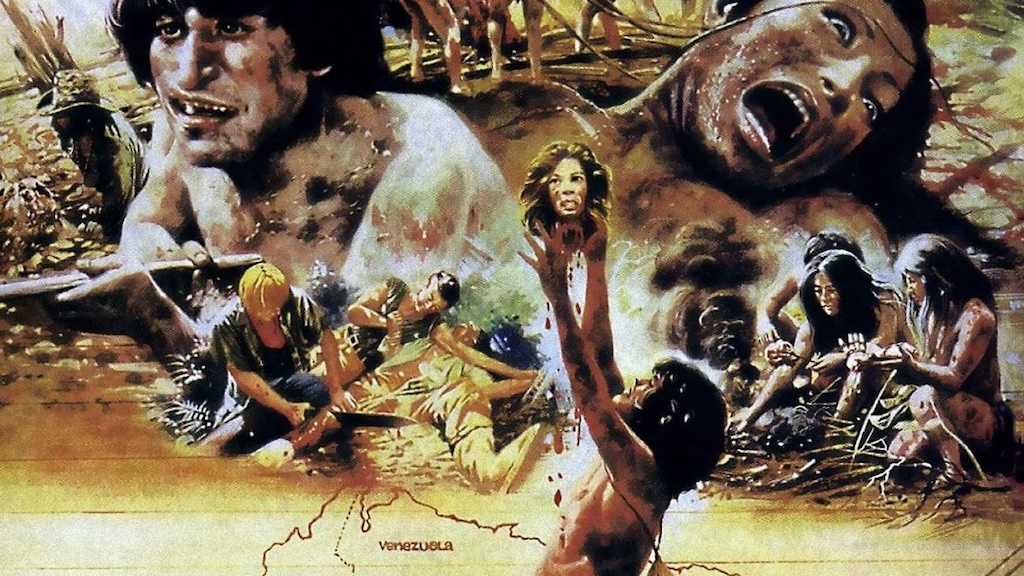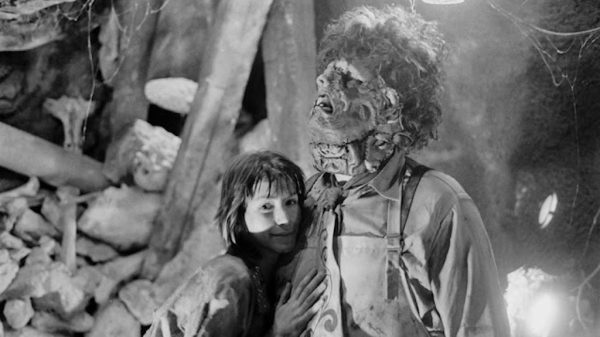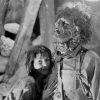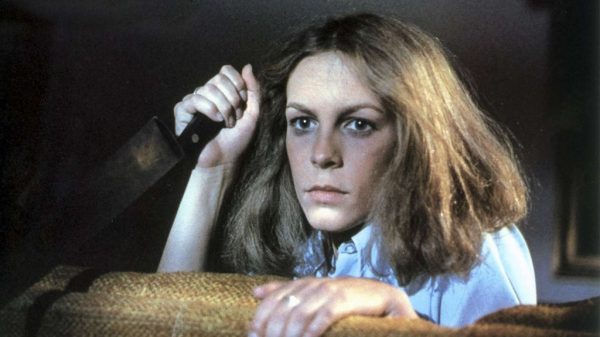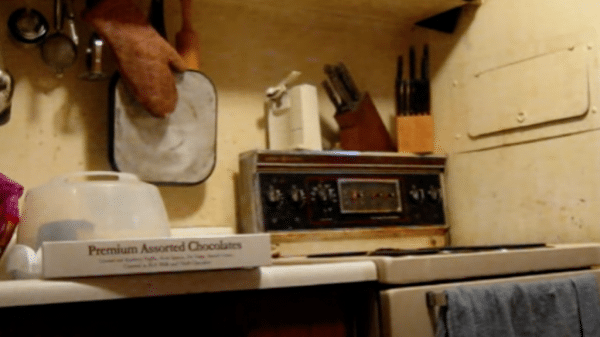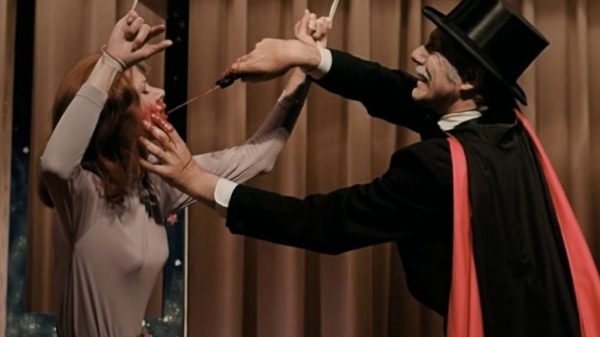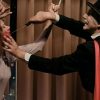Fascination with horror movies spans generations, race, and gender, and those of us who do more than scratch the surface of the genre inevitably find one of the most renowned (or reviled) films: Cannibal Holocaust. Directed by Ruggero Deodato, Cannibal Holocaust is an exemplar of the Italian horror genre in the 70s and 80s. While it’s not the goriest film ever made or the most terrifying, but it has become, in some ways, a proving ground for movie buffs. The film used a found footage format long before The Blair Witch Project and features brutal killings, sexual assault, and actual violence against a variety of animals, including a turtle and monkey being killed on screen. Since its release, it has been banned in several countries, including the UK where such films are known as ‘video nasties,’ and to this day, remains banned in some of them.
Aside from those illustrious distinctions, Cannibal Holocaust finds itself set apart in another way: it had to prove it wasn’t a snuff film. Shortly after its initial premiere in Italy, local authorities arrested Deodato and charged him with obscenity, then demanded all copies of the film be turned over. However, the film was able to be distributed internationally through various underhanded means and once the film had screened in France, speculation lead one magazine to propose that the on-screen deaths had actually occurred. Authorities then added murder to the charges against Deodato.
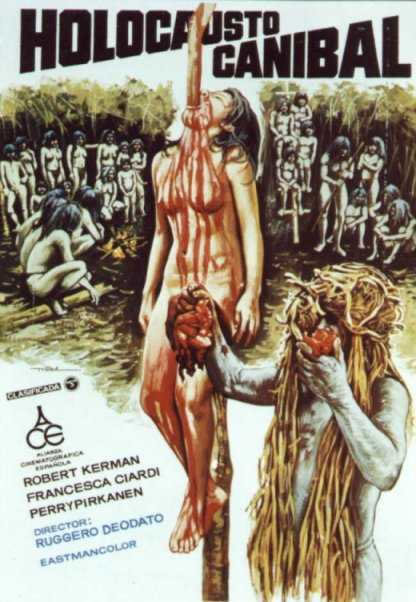
The fact that no one had publicly seen the actors who had been killed in the film fuelled the idea that Cannibal Holocaust was a snuff film. In reality, the director had the white actors who had been killed on-screen sign agreements stating that they would not appear in any media such as promotions or commercials for a year following the release of the film. Deodato did this in the hopes it would further the idea that the film had actually been made from found footage from a documentary gone horribly wrong. Another one of the actors killed on screen was an indigenous woman who lived in the Amazon, where the movie had been filmed.
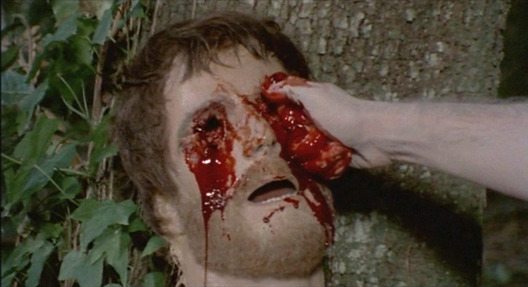
The court demanded an explanation for the actor’s lack of media appearances and even cited it as evidence that they had truly been murdered. In order to prove his innocence, Deodato got in contact with the actors and the four of them all appeared in an interview together. He also went on to explain how the crew had achieved the effects for each of the controversial murders.
To this day, critics have varied opinions on the film, but it continues to serve as a right of passage for those who seek entrance into the more underground sect of the horror fandom.
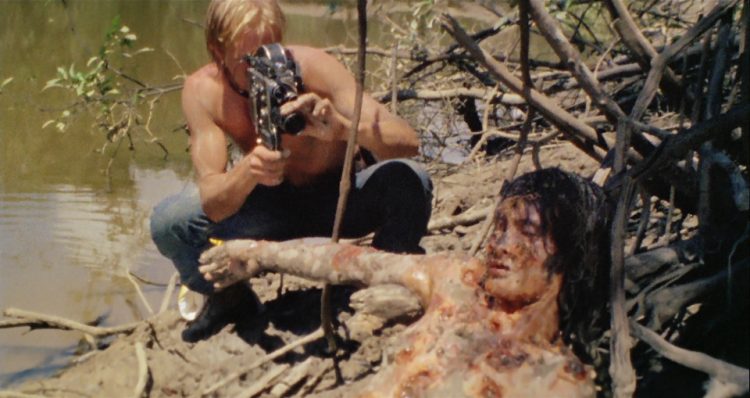
Bibliography:

